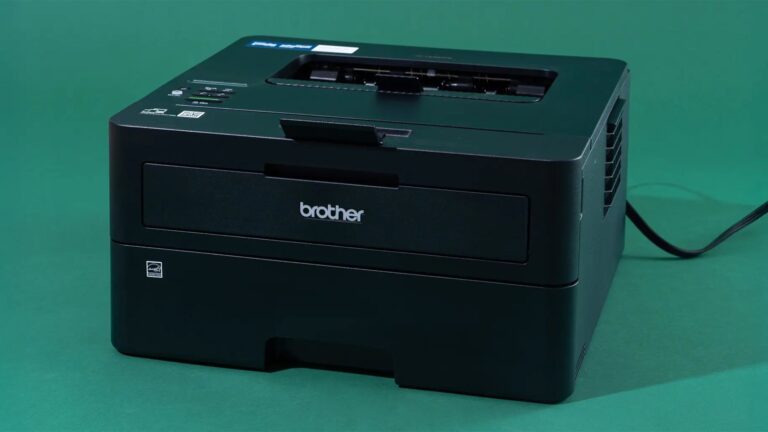
Quality Standards In Paper Printing
Maintaining quality standards in paper printing is essential for producing professional, durable, and visually appealing materials. High-quality printing ensures that colors remain vibrant, images are sharp, and pages are free from defects. Businesses, creatives, and educational projects all benefit from adhering to strict quality standards in paper printing. Using the right paper, inks, and techniques ensures that every printed piece is consistent, functional, and visually impressive. Following best practices in printing improves both the appearance and longevity of the final product.

Why Quality Standards Matter
Quality standards in paper printing guarantee that documents meet professional expectations. They reduce waste, prevent errors, and enhance durability. High-quality printing also ensures that colors and images reproduce accurately. Adhering to these standards supports a polished finish for reports, brochures, books, and promotional materials. It also improves readability and user experience for printed items.
Key Elements of Quality Paper Printing
Paper Selection
Choosing the right paper is crucial for maintaining quality. Paper type, weight, texture, and finish all influence the final product. High-quality paper improves color reproduction and supports various printing techniques. Sustainable paper options also contribute to eco-friendly printing practices.
Ink Quality
Ink quality impacts color vibrancy, longevity, and consistency. Professional inks prevent smudging and fading over time. Using high-quality inks is essential to meet quality standards in paper printing.
Printing Techniques
Modern printing techniques, including digital, offset, and screen printing, must adhere to strict standards. Correct calibration, resolution, and alignment ensure a professional finish. Selecting the right technique depends on the project type and desired outcome.
Finishing Processes
Finishing processes such as lamination, embossing, UV coating, and binding improve durability and aesthetics. High-quality finishing ensures that printed materials withstand frequent handling and maintain a polished appearance.
Proofing and Inspection
Proofing and inspecting prints before full production prevents errors and maintains consistency. Regular quality checks are a core part of quality standards in paper printing. This includes verifying color accuracy, alignment, and paper integrity.
Benefits of Maintaining Quality Standards
-
Produces professional, visually appealing results
-
Reduces printing errors and material waste
-
Ensures consistent color and image reproduction
-
Enhances durability and longevity of printed materials
-
Supports customer satisfaction and professional reputation
Adhering to high-quality standards ensures that all printed projects are reliable and visually impressive.
Applications of Quality Paper Printing
Quality printing practices are important for:
-
Business reports, brochures, and marketing materials
-
Books, notebooks, and journals
-
Posters, flyers, and educational materials
-
Scrapbooks and creative projects
-
Promotional campaigns and professional presentations
High-quality standards guarantee that printed materials meet expectations and remain professional and durable.
Tips for Achieving High-Quality Paper Printing
-
Choose the right paper type and weight for your project
-
Use professional-grade inks and compatible printers
-
Calibrate printing machines for accuracy and consistency
-
Include finishing processes like lamination or embossing for durability
-
Proof and inspect prints before large-scale production
Following these tips ensures your quality standards in paper printing are consistently met.
Where to Source Quality Printing Materials
Many suppliers provide materials and equipment that support professional printing standards. Look for vendors offering:
-
High-grade papers with various finishes and weights
-
Professional inks compatible with multiple printing techniques
-
Equipment and tools for modern digital and offset printing
-
Guidance on eco-friendly and sustainable printing practices
-
Support for both small-scale and large-scale printing projects
Partnering with reliable suppliers ensures your printed materials meet quality standards in paper printing and remain professional and durable.
Conclusion
Maintaining quality standards in paper printing is essential for producing professional, durable, and visually appealing documents. From selecting the right paper and inks to using proper techniques and finishing processes, every step contributes to consistent results. Adhering to high-quality standards ensures that brochures, reports, books, and creative projects remain polished, functional, and long-lasting. Following best practices and sourcing reliable materials supports professional outcomes for all printing projects.







